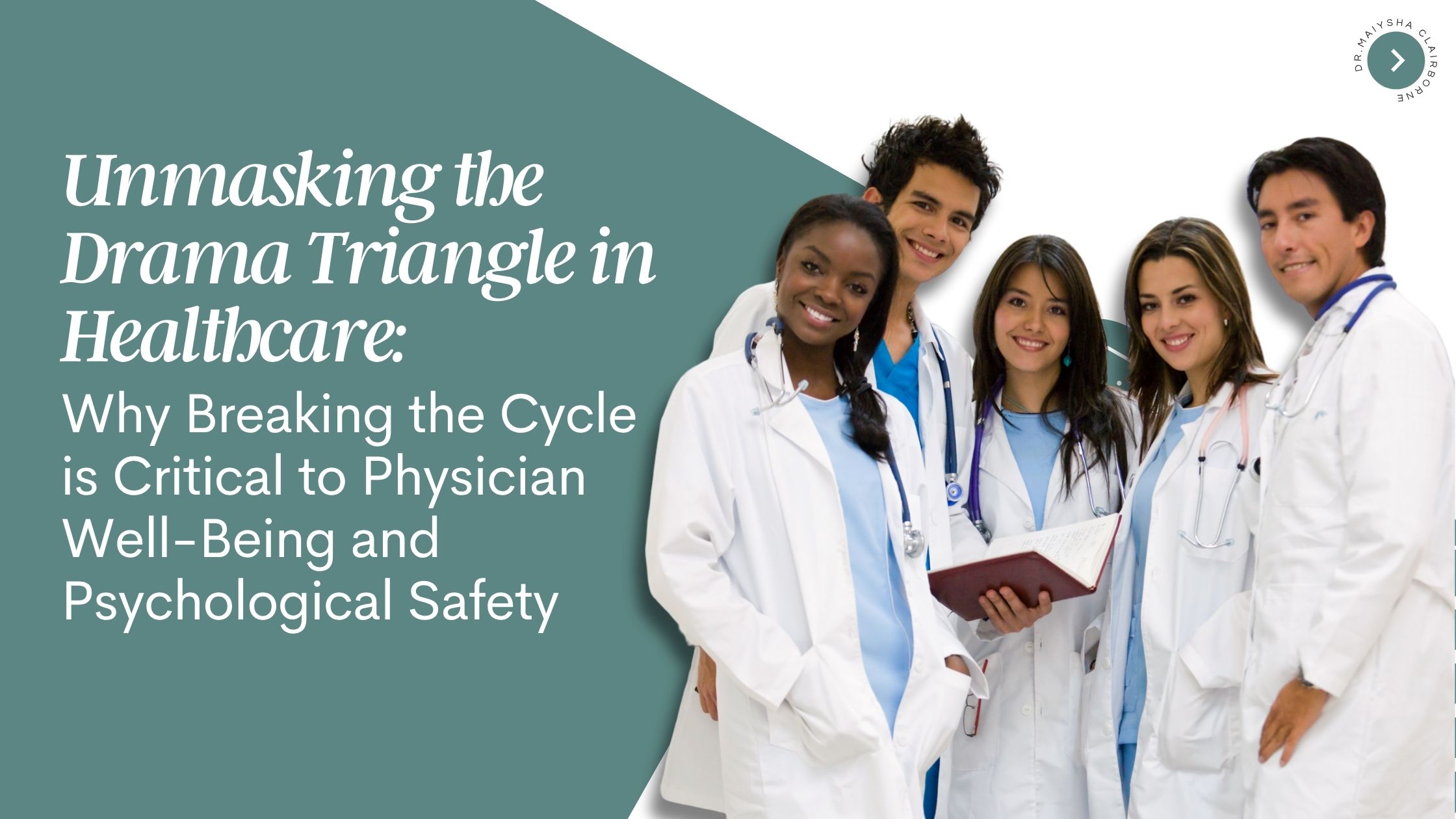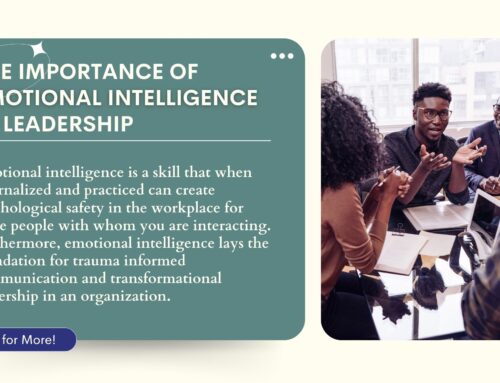
In the high-pressure world of healthcare, conflict and miscommunication can feel inevitable. But what if some of these patterns weren’t just personality clashes or difficult coworkers—but signs of something deeper?
Enter the Drama Triangle—a framework that helps us understand the hidden dynamics that keep teams stuck, trust fractured, and burnout on the rise. In settings where trauma is common and psychological safety is lacking, the Drama Triangle doesn’t just show up—it thrives.
The Drama Triangle Explained
Developed by Dr. Stephen Karpman in 1968, the Drama Triangle describes three roles we unconsciously adopt when conflict or stress arises:
-
Victim – feels powerless, overwhelmed, or mistreated
-
Persecutor – criticizes, blames, or exerts control
-
Rescuer – over-functions, enables, or tries to “fix” others
In this triangle, everyone is reacting instead of responding. These roles are often learned early in life and unconsciously replayed in adulthood—especially in high-stakes, high-stress environments like hospitals and health systems.
The problem? This triangle is exhausting. It keeps people from having direct, productive conversations. It undermines accountability. And it leaves everyone feeling unseen and misunderstood.
Trauma and The Triangle
Unresolved trauma—whether personal, historical, or secondary—amplifies Drama Triangle behavior (creating what could be called ‘the trauma triangle’). Healthcare workers are particularly vulnerable. Studies show that over 50% of physicians experience burnout, and data from the Journal of the American Medical Association link this to depression, substance misuse, and increased risk of suicide.
When the nervous system is in survival mode, communication becomes reactive. People default to old patterns:
-
The overwhelmed physician who feels unappreciated might collapse into Victim.
-
The department head who micromanages might be operating from a Persecutor stance out of fear of failure.
-
The empathetic nurse who overextends and takes on everyone’s emotional burdens might be stuck in the Rescuer role.
This isn’t bad behavior—it’s unhealed survival strategy.
Psychological Safety in Healthcare: The Antidote
Psychological safety, defined as “the experience of being able to speak up, take risks, share ideas, and challenge ideas without the fear of punishment, humiliation, or retaliation.” In healthcare, this is foundational. Without it, people suffer in silence, avoid tough conversations, and struggle to collaborate under pressure. Eventually, this leads to disengagement, burnout, and early departure from their jobs and sometimes even their careers.
Psychological safety is what makes it possible to interrupt the Drama Triangle. It allows staff to ask for help, admit mistakes, and express needs without fear of retribution or shame.
5 Ways to Dismantle the Drama Triangle in Healthcare Settings
To move toward trauma-informed, psychologically safe cultures, organizations must actively interrupt Drama Triangle dynamics. Here are five ways to begin:
1. Name the Pattern
Bring the Drama Triangle into the open. In staff meetings, leadership retreats, and coaching conversations, talk about these roles not as labels, but as patterns. The more teams can recognize these dynamics without judgment, the more they can shift out of them.
2. Teach Trauma-Informed Communication
Training teams in trauma-responsive communication helps build awareness of triggers, nervous system states, and power dynamics. Skills like boundary setting, curiosity-based questioning, and repair-oriented feedback prevent escalation and build trust.
3. Create Feedback Loops with Repair Opportunities
Drama often festers in silence. Establishing regular, safe, and facilitated feedback channels—where concerns can be voiced and repaired—can disrupt cycles of blame and silence.
4. Model Empowerment-Based Roles
Encourage a shift from Victim to Creator, from Persecutor to Challenger, and from Rescuer to Coach. This is the essence of David Emerald’s “Empowerment Dynamic.” Leaders and staff can learn to engage problems with agency, compassion, and respect.
5. Prioritize Emotional Intelligence in Healthcare
Emotional intelligence is the cornerstone of effective, empathetic communication. It includes self-awareness, self-regulation, empathy, and interpersonal skills. Research from TalentSmart shows that 90% of top performers score high in emotional intelligence. In healthcare, this means being able to pause before reacting, name your own feelings, sense the emotional tone in a room, and adjust communication accordingly. Developing this skill set reduces drama, builds resilience, and improves patient and team outcomes.
Why This Matters
Unchecked Drama Triangle dynamics create unsafe environments—emotionally, psychologically, and even physically. They corrode trust, fuel burnout, and erode team cohesion. But when healthcare organizations invest in trauma-informed practice, emotional intelligence, and psychological safety, they create cultures where people don’t just survive—they heal, grow, and thrive.
Breaking the triangle is not about eliminating all conflict. It’s about equipping people with the tools, language, and support to engage conflict without trauma driving the wheel.
Because healthcare professionals deserve to be well, too.










